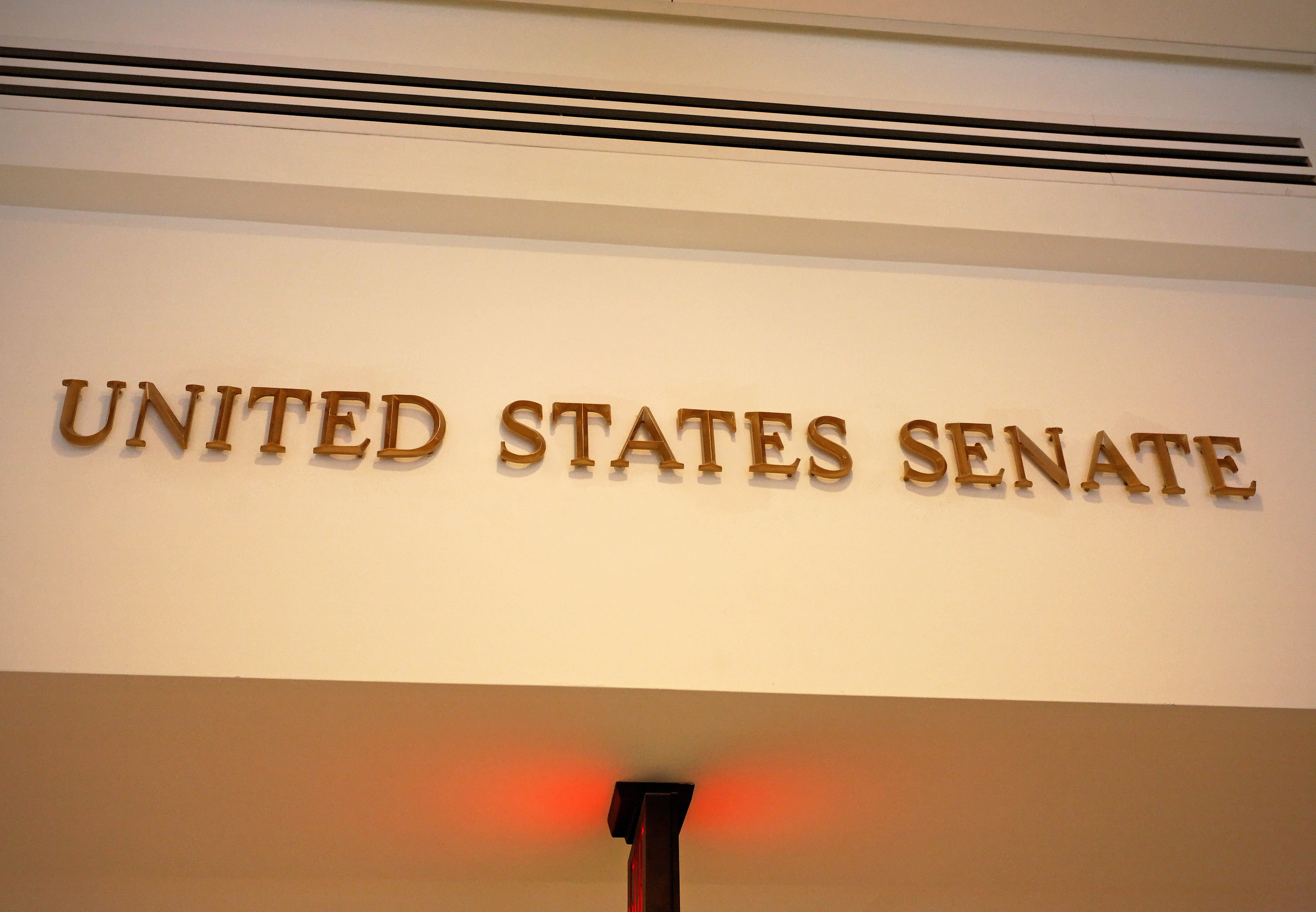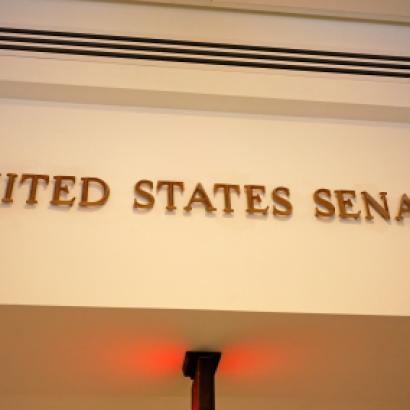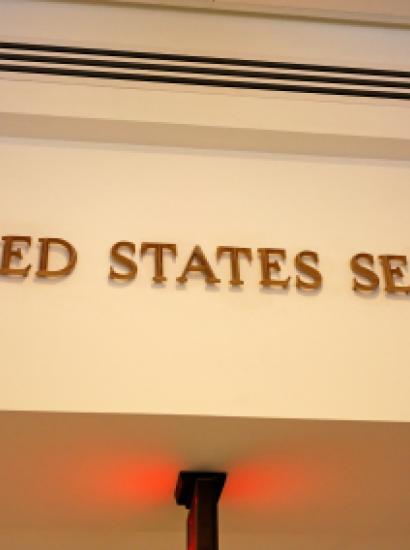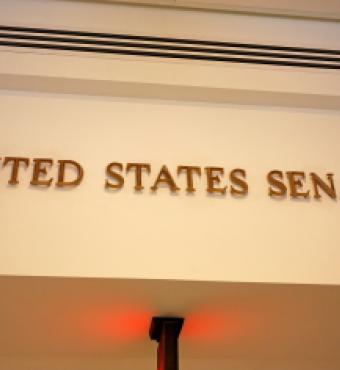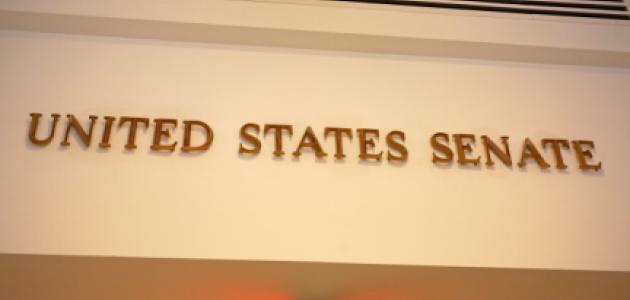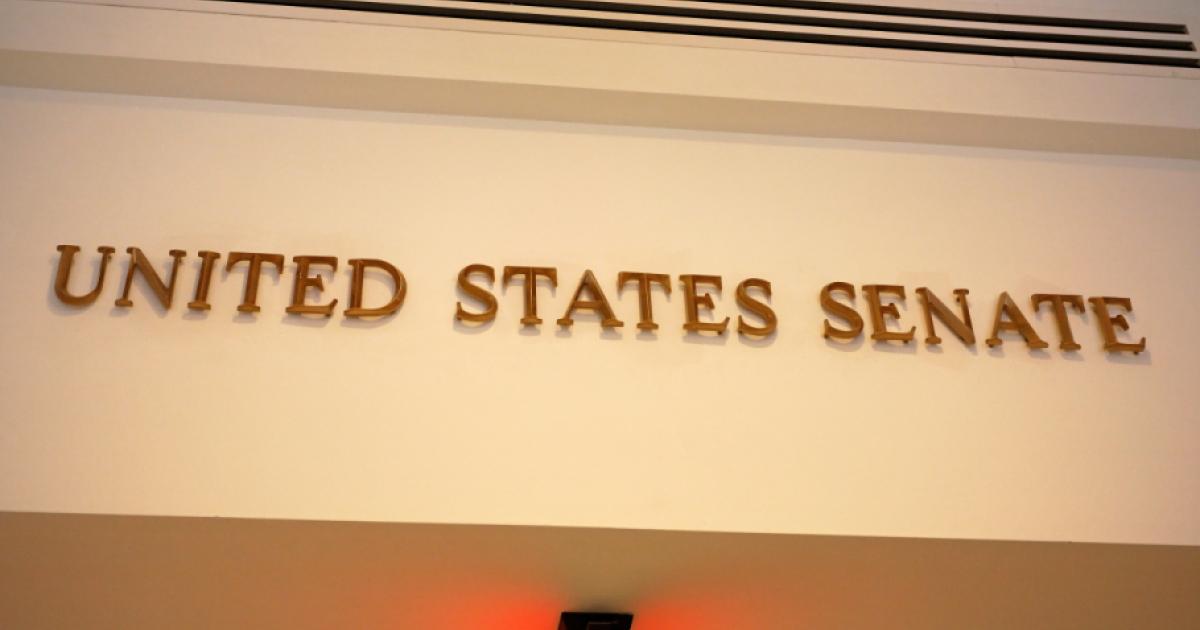The date isn’t for the better part of two months from now, but circle December 8 on the political calendar for what could be a landmark moment for some of California’s aspirational and higher-profile Democrats.
Why that date?
Because it’s the filing deadline for candidates looking to get their names on the Golden State’s March 5 primary ballot in voter-nominated races.
It’s also the last day for Laphonza Butler, California’s newly appointed US senator, to throw a very rock into the candidates’ pond and create quite the ripple should she decide that she wants to stay in the US Senate beyond 2024, when she completes the remainder of the late Dianne Feinstein’s elected term. (Butler also must decide if she wants to run in the special election to determine who holds the Senate seat from the time the November results are certified until the following January and the swearing-in of the new Congress.)
Indeed, Butler’s next move is a favorite political guessing-game in both the state and the national capitals.
On the one hand, while California’s junior senator doesn’t enjoy the same name recognition as did Arnold Schwarzenegger when he entered a narrow campaign window (that would be his 60-day sprint in 2003’s gubernatorial recall election), she potentially could raise great gobs of money posthaste. Such is the luxury of being both a veteran Democratic labor activist and the former president of EMILY’s List, a pro-abortion-rights group that underwrites Democratic women candidates nationwide (the first two letters in that acronym standing for “early money”).
On the other hand, the last two appointed California senators who tried to prolong their stay in Washington didn’t fare too well.
Let’s go back to 1964 and Pierre Salinger, the Kennedy White House’s former press secretary and—only a few months after the unexpected end of “Camelot”—an appointed California senator looking for a full six-year term. Despite drawing a political neophyte as an opponent (George Murphy: like Ronald Reagan, an actor and devout conservative at first underestimated by political insiders), Salinger managed to end up as the lone Democratic Senate incumbent to lose to a Republican in that year’s anti-Republican landslide (the 39-year-old Salinger joking, “I may be the youngest living ex-Senator in history”).
Twenty-eight years later, it was Republican John Seymour likewise trying to convert a short-term Senate appointment into a six-year gig. Despite having more time than would Butler to sell his candidacy (Seymour was appointed to the US Senate 22 months before the November 1992 election), he managed to garner less than 38% of the statewide vote. (Not helping matters for Seymour: then president George H. W. Bush’s collapse in the Golden State—from 51% of the vote in 1988 to less than 33% in 1992 in a three-way race that included Bill Clinton and the late H. Ross Perot).
Before we get too far over our skis, let’s clarify: no one knows (or is publicly willing to say) how deeply attached Butler is to remaining a senator beyond her currently allotted time. Let’s assume the senator herself has not yet decided, as it’s been only a week-plus since she was sworn in as Feinstein’s replacement.
But should Butler decide to run, that takes us back to the red-letter date of December 8 and other candidates’ fortunes.
First, there’s the question of the impact on the current set of Democrats already competing in the Senate primary. Rep. Barbara Lee might stay in the race—fueled, perhaps by personal resentment toward the man who appointed Butler (Lee and her supporters reportedly being furious with governor Gavin Newsom for not awarding her the Senate vacancy). Likewise, Rep. Adam Schiff probably would stay in the race; with a reported $32 million in cash on hand, he’s well positioned for a primary media blitz early next year.
That leaves Katie Porter, the third of the three Democratic congressmembers looking to move over to the Senate, as perhaps the odd woman out should Butler opt into the primary.
Why Porter?
First, there’s primary math and this recent poll by the Public Policy Institute of California that shows Porter’s support among all voters at 15%—five points behind Schiff, but seven points better than Lee and 10 points ahead of the nearest Republican (under California law, the primary’s top two finishers advance to November regardless of party affiliation).
However, a fourth prominent Democrat in the race would dilute those numbers—i.e., Porter could finish third in March if Schiff maintains his lead and Republicans coalesce behind one candidate (always a challenge given the state GOP’s penchant for internecine feuding).
The other reason why Porter could leave the race: a convenient out and a different statewide office.
Which takes us to the other “glamour” race that could be affected by Butler’s potentially seeking a six-year Senate term: California’s gubernatorial contest and the choice of a successor to the term-limited Newsom.
Again, it’s already a crowded field of Democrats. Eleni Kounalakis, California’s lieutenant governor, jumped into the 2026 race in late April of this year. Within hours of Kounalakis’s announcement, former state controller Betty Yee told reporters that she too was in the race.
In late September, California school superintendent Tony Thurmond made it three Democrats in the governor’s race, with this broadside volley presumably directed toward Kounalakis, a former ambassador to Hungary and daughter of a prominent Sacramento land developer: “I didn’t come from money, power, or influence. I’m running for Governor to be a voice for those who need one—because California may be working for millionaires and billionaires but for the rest of California—we need real change.”
(Political reformers take note: a constitutional amendment proposed earlier this year would change the superintendent of public instruction from an “nonpartisan” elected office to a gubernatorial appointment requiring legislative conformation. Personally, I’d take that amendment a step further and require the SPI to resign from the post should they decide to seek a partisan office).
Crowded Democratic Senate and gubernatorial fields aren’t a novelty in California circles—Barbara Boxer topped two fellow Democrats in her first Senate run back in 1992; six years later, Gray Davis survived an ugly Democratic gubernatorial slugfest.
Even more recent contests have seen crowded ballots. In 2018, Newsom was the top vote-getter in a field that featured four prominent California Democrats (a lieutenant governor, a state treasurer, a former mayor of Los Angeles, and a former superintendent of public instruction).
Time will tell if Kounalakis will be as successful as Newsom, the previous lieutenant governor, in leveraging an office with a relatively humdrum portfolio to her political benefit. Or, for that matter, if the next California governor’s race takes on the look and feel of a San Francisco mayor’s race—a lower rung on Newsom’s political ladder.
In December 2003 (two months after Schwarzenegger’s recall victory), Newsom won the first of his two mayoral elections in a six-point triumph over a Green Party candidate.
The key to Newsom’s victory, in a contest the media labeled “Dapper Dan vs. the Socialist Stud”: backing from the city’s political and business establishment, which feared the fertile imagination of an alternative mayor who supported a $8.50 “living” wage for city workers (fast-forward 20 years to witness Newsom brokering a deal allowing a $20 minimum wage for California’s fast-food workers).
“It is amazing,” Newsom opined at the time. “Only in San Francisco you can be pro-choice, pro–gay marriage, anti–death penalty, pro–gun control, pro–rent control and be considered a conservative or moderate. I would be left on any national scale.”
Which raises the question: Will any of the Democrats angling to replace Newsom choose not to be “left” on any scale, national or California?
In theory, it’s one avenue for Kounalakis to pursue, as her two primary rivals have demonstrated hostility toward Amazon and a desire to fully fund California’s public schools (more money being music to the ears of teachers’ unions but not always a guarantor of better outcomes, as evidenced by California’s achievement gap).
However, offering herself as a “sane lane” candidate means resisting the urge to pander to the party’s more powerful special interests. One such example: California’s lieutenant governor calling for Taylor Swift to cancel a pair of August concerts in Los Angeles as a show of support for striking hotel workers.
In California politics, the race isn’t always given to the swift.
Especially when they risk the wrath of “Swifties.”







